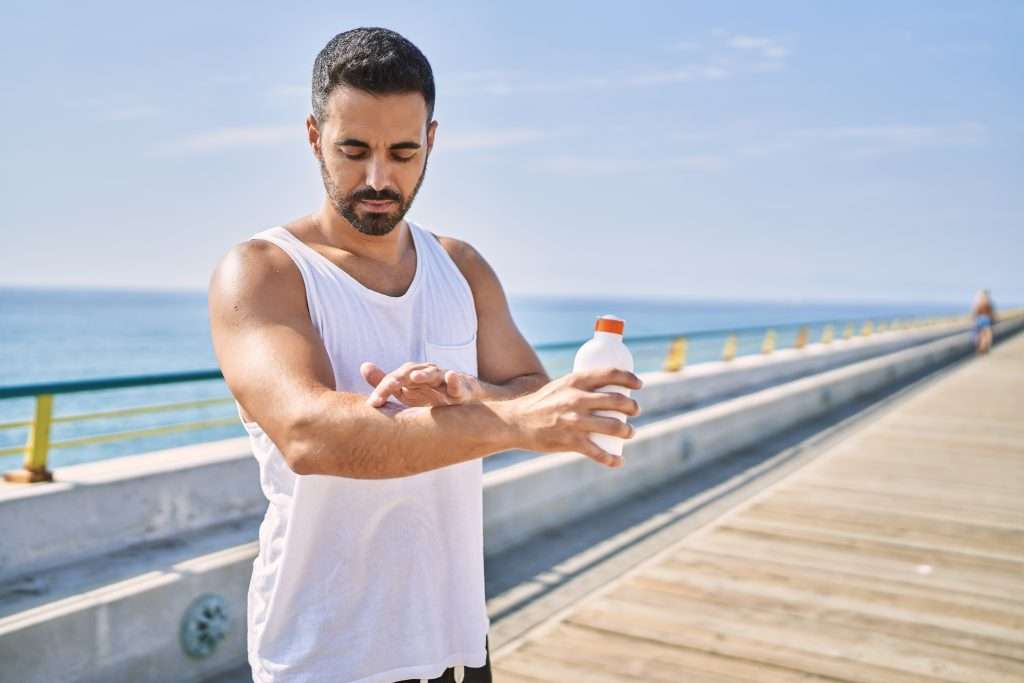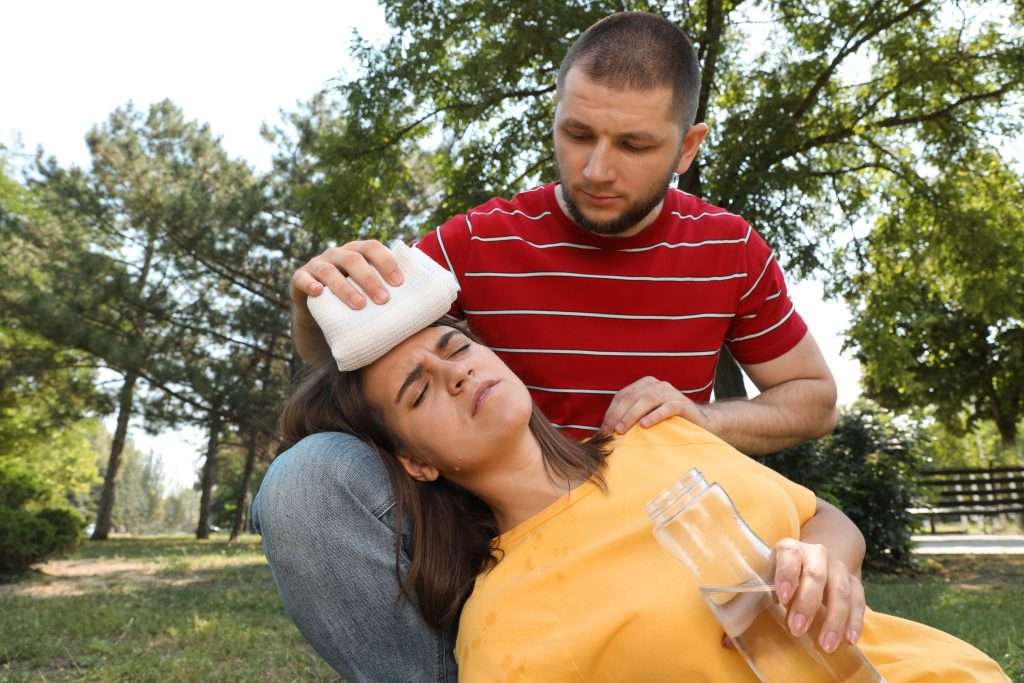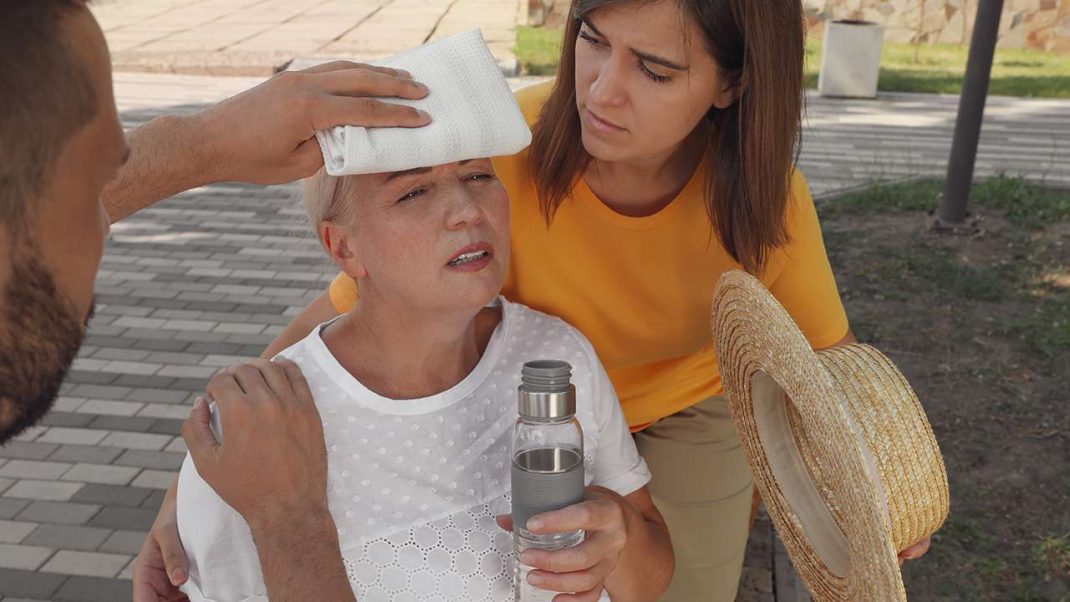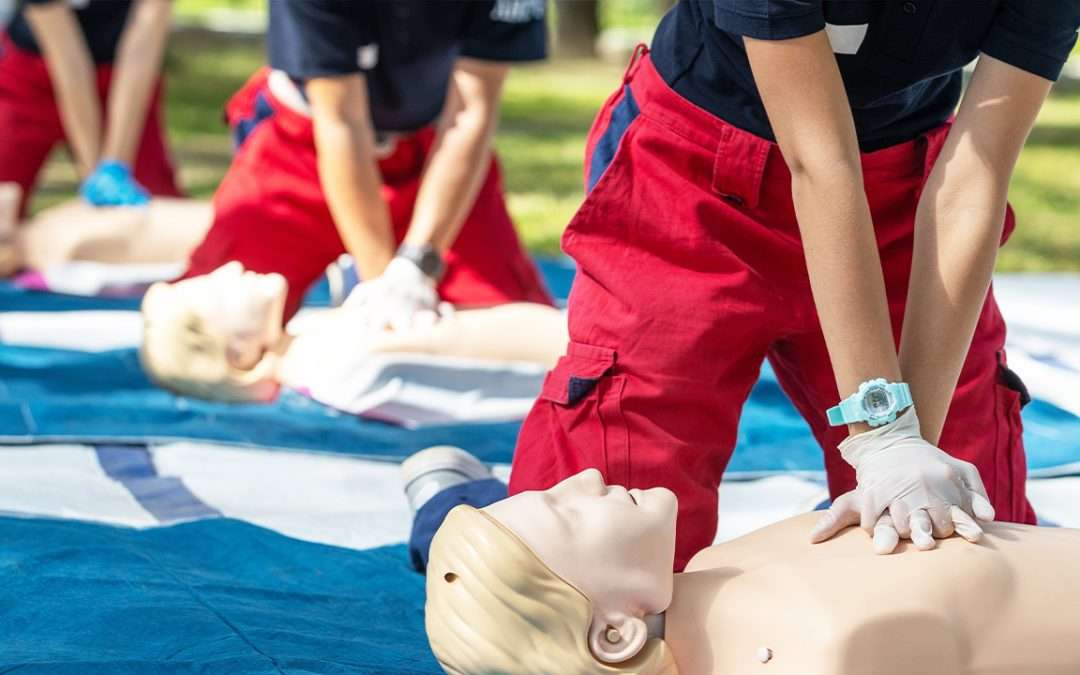Miami, known for its beautiful beaches and vibrant nightlife, also comes with a unique challenge: intense heat and humidity. As the temperature soars in summer, the risk of heat-related illnesses, particularly heat stroke, increases significantly. Understanding the causes, risk factors, prevention methods, and emergency treatments for heat stroke is crucial for residents, business owners, and organizers alike.
Understanding Heat Stroke
Heat stroke occurs when the body’s temperature regulation system fails, leading to a dangerously high body temperature, typically above 104°F (40°C). Unlike heat exhaustion, which is extremely unpleasant, heat stroke is a medical emergency that can cause severe damage to the brain, heart, kidneys, and muscles if not promptly treated. The primary cause of heat stroke is prolonged exposure to high temperatures, often combined with dehydration, which prevents the body from cooling itself through sweating.
Risk Factors for Heat Stroke in Miami
Miami’s tropical climate presents several risk factors for heat stroke:
- High Temperatures and Humidity: The combination of high heat and humidity makes it difficult for sweat to evaporate, reducing the body’s ability to cool itself.
- Outdoor Activities: Engaging in strenuous activities like construction work, sports, and hiking, and even prolonged beach and pool visits during peak heat hours increases the risk.
- Urban Heat Islands: Concrete and asphalt absorb heat, making urban areas significantly hotter than their surroundings, which exacerbates heat stress.
- Age and Health Conditions: The elderly, infants, and those with chronic illnesses or on certain medications are more susceptible to heat stroke.
- Lack of Acclimatization: Tourists and new residents who are not yet acclimated to Miami’s climate are at a higher risk.
Preventing Heat Stroke
For Individuals:
- Stay Hydrated: Drink plenty of water throughout the day, even if you do not feel thirsty. Avoid alcoholic beverages as they can lead to dehydration.
- Dress Appropriately: Wear lightweight, light-colored, loose-fitting clothing to help your body cool naturally.
- Limit Sun Exposure: Avoid strenuous activities during the hottest parts of the day, typically between 10 a.m. and 4 p.m. Seek shade whenever possible and take regular breaks to cool down if you have to be out in the sun during peak hours.
- Use Sunscreen: Sunburn affects the body’s ability to cool itself and can make you more susceptible to heat-related illnesses. Make sure you apply sunscreen and, ideally, reapply it a few times throughout the day, as its effectiveness wears off over time.
- Cool Off: Use air conditioning, take cool showers, and drink cold water to lower your body temperature. Just be cautious of jumping into cold bodies of water when it’s very hot, as sudden large fluctuations in body temperature can shock the system, leading to unconsciousness in severe cases.

For Workplaces, Clubs, and Sports Organizations:
- Education and Training: Ensure all staff and participants are educated about the signs, symptoms, and dangers of heat stroke. Make sure you remind anyone you are responsible for during times of unusually hot weather, especially when combined with humidity, since it’s even more difficult for the body to cool down. Consider taking our First Aid, CPR, and AED training classes in Miami, and make sure there is someone present at all times who has first aid training.
- Plan Ahead: Develop and implement emergency response plans. Make sure you provide easy access to hydration stations, shaded areas, and air conditioning, when possible.
- Scheduling: Be prepared to change your routine and scheduling in the summer months during times of extreme heat and humidity. Don’t ask employees, volunteers, or members to participate in activities that may put them at risk.
- Monitoring: Use the buddy system to keep an eye on each other for early signs of heat-related illness and to remind one another to take a break and hydrate. Ensure your first aid kits include thermometers so internal temperature can be checked.
- Hydration Policies: Encourage regular hydration breaks and provide ample water sources. Providing electrolyte drinks is another good solution that will help ensure the body can function properly when sweating is unavoidable.
Treating Heat Stroke
Immediate action is critical when treating someone with heat stroke. Follow these steps until medical professionals arrive:
- Move to a Cooler Environment: Get the person out of the sun and into a cooler place, preferably an air-conditioned room.
- Call Emergency Services: Heat stroke is a medical emergency. Call 911 immediately, even if the person seems to be recovering or says they’ll be okay once they’ve cooled down.
- Cool the Body: Remove excess clothing and apply cool, wet cloths to the skin. Use a fan to help lower body temperature. If possible, immerse the person in a tub of cool (but not ice cold) water.
- Hydration: If the person is conscious and able to swallow, provide cool water and an electrolyte solution, if available. If they are sick, continue trying to get them to sip at water constantly, as this poses even more of a risk of dehydration and their health deteriorating.
- Monitor: Keep a close watch on their breathing and consciousness levels. Be prepared to provide CPR if necessary.

Heat stroke poses a serious risk in Miami’s climate, but with awareness and proactive measures, it can be prevented. By staying hydrated, dressing appropriately, limiting sun exposure, and being vigilant during outdoor activities, both individuals and organizations can reduce the risk of heat stroke. In the event of an emergency, prompt and effective treatment can make a critical difference in outcomes.
To be well-prepared, consider equipping your organization with essential bleeding control, AEDs, trauma kits, and AED accessories. Additionally, enhance your readiness by attending our comprehensive First Aid, CPR, and AED training classes in Miami, offered at convenient locations and times. Stay safe, stay cool, and enjoy all that Miami has to offer.











